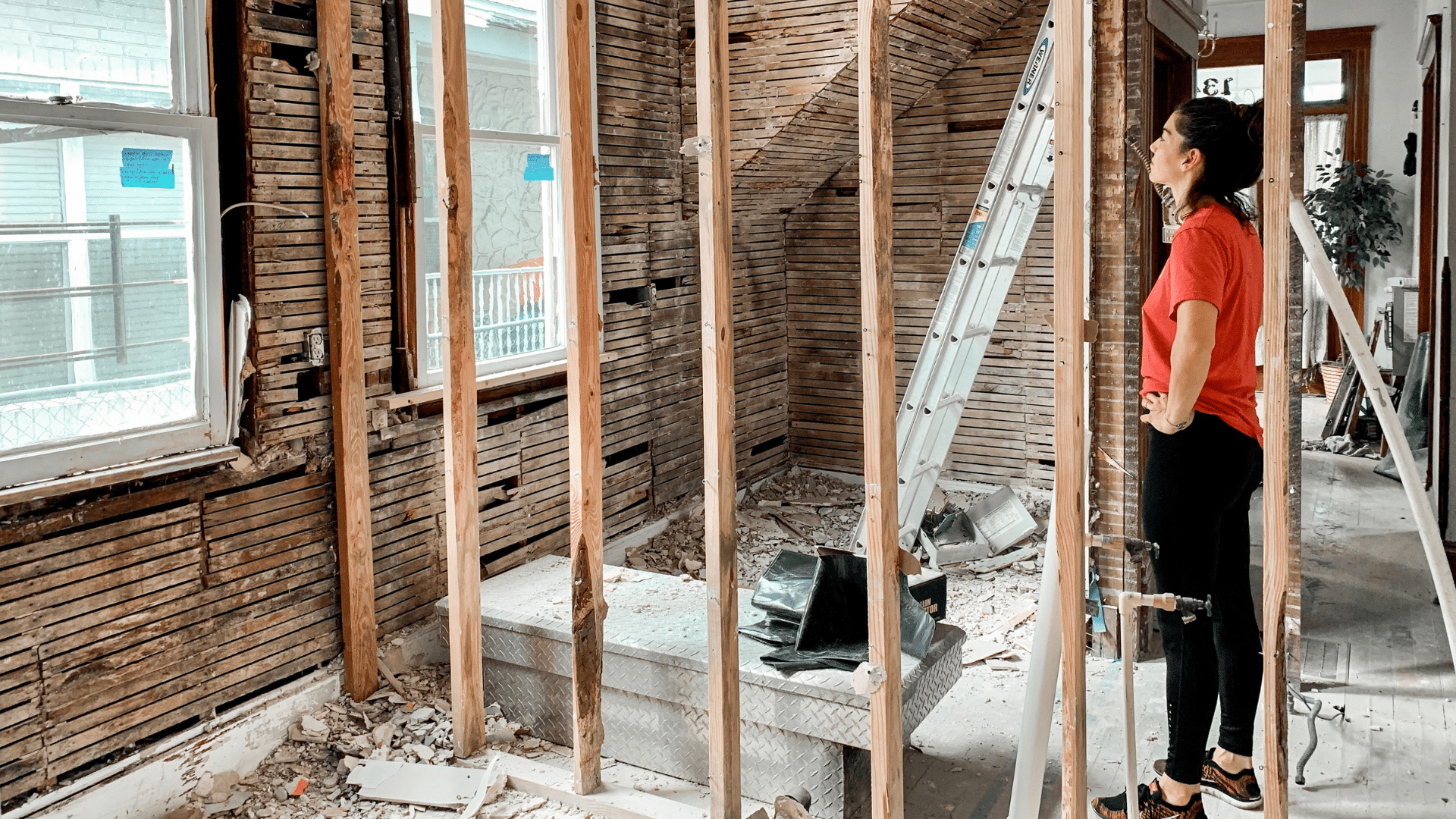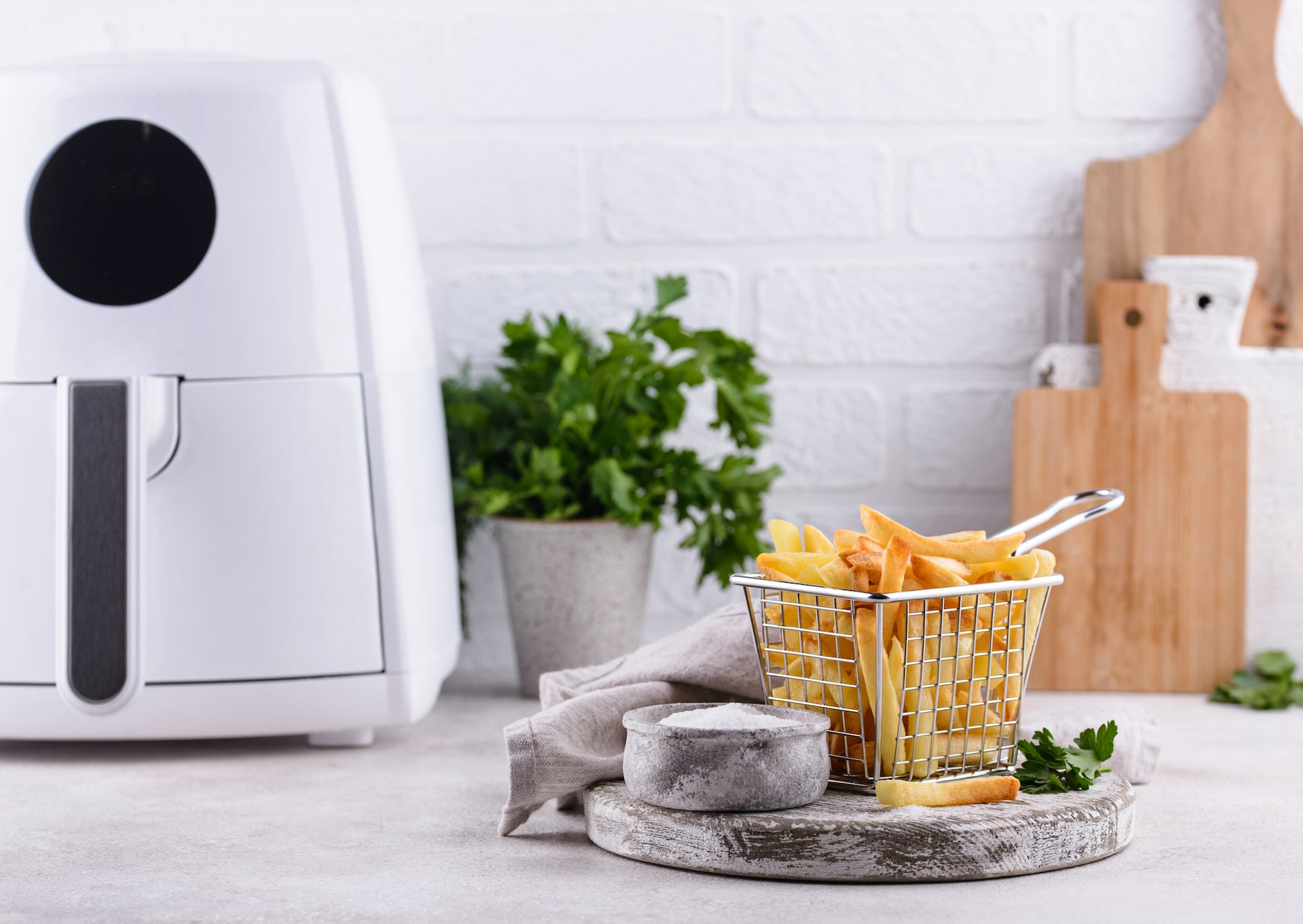This article may contain affiliate links. We may receive a commission for purchases made through these links. Privacy Policy.
Do you have black spots in the corners of your tub or in your grout lines?
Do you have brown spots on your walls or on your carpet?
Have you ever seen green or black stains or streaks on your outside deck?
Guess what? It’s mold.
Mold is more than just unsightly – it can also be harmful to your health (particularly respiratory functions). If you have mold inside or outside your home, don’t ignore it.
If you want to keep your family safe, here’s how to get rid of mold:
There are Different Types of Mold
Before you can get rid of it, you’ll need to know what kind of mold you’re dealing with. There are a variety of different types.
There are harmless mold spores that exist in the air. There are beneficial spores (like the ones used in penicillin). And then there’s mildew, which is the type of that can become dangerous if left untreated. Mildew is the common kind that forms easily in bathrooms, kitchens and damp areas.
In small amounts, it’s perfectly normal and not even necessarily dangerous. But if it smells musty, there’s a good chance you have a higher concentration than you should.
How Mold Forms

Mildew starts as a powdery grey or white substance and usually turns black if it’s not removed. It forms in spaces that get wet and damp, such as bathrooms, kitchens, crawl spaces and basements.
As soon as you detect it or smell it, clean it. Don’t let it build up and get worse.
If you see black or green fuzzy patches, you have a more serious problem.
Skip the DIY steps and call in a pro.
Fuzzy spores can damage drywall, foundations, and the structural integrity of your home. It’s not something you want to mess around with.
To determine whether it’s a job you can handle yourself or a job that requires a mold remediation expert, look at the size of the affected area. If it covers more than 10 square feet, hire a pro. The bigger the area, the bigger the problem.
How to Remove Mold From Different Surfaces

How you remove it depends on what you’re removing it from. Here are some common mold-prone areas and how to clean them.
Hard Surfaces, Such as Tile, Tubs and Grout
There are a variety of household products that can effectively clean mildew from hard surfaces, as long as you catch it in the early stages.
Chlorine bleach, distilled white vinegar, and hydrogen peroxide are all effective. Sodium bicarbonate (a.k.a. baking soda) and Borax also work.
Whichever you decide to use, soak the area with the product and let it sit for about 15 minutes.
Then start scrubbing it off with a sponge.
Soft Surfaces, Such as Wood and Drywall
It’s a bit harder to clean mold from soft and porous surfaces. Chlorine bleach is safe to use on these surfaces, but it should be mixed appropriately, not used in its concentrated form.
Mix ten parts bleach with twenty parts water and one part dishwashing detergent. Sponge the mixture onto the affected surface enough to get it wet but not soak it. Allow it to air dry.
If it dries and you can still see it, call in an expert to have a look.
Related: How to Remove Wallpaper [5 Easy Ways]
Fabrics and Textiles
Think you have mold on your carpet? This is one thing that’s usually not even worth cleaning because there’s a good chance there’s also mold underneath. Remove the carpet altogether. If you see spots on the hardwood or subfloor underneath, hire an expert to replace the damaged floorboards.
If you find mold on clothing or upholstery, take the item outside and brush it off. Make sure you wear a mask – you don’t want to breathe it in!
Upholstery can sometimes be spot cleaned with oxygen bleach and water mixture (just test an inconspicuous area first to make sure it won’t damage the fabric). Clothing that can be machine washed should be soaked in an oxygen bleach/water mixture, then laundered. Set your washing machine to the hottest level of water that the garment can handle.
Appliances
Washing machines and dishwashers are also prone to mold. To remove it from your appliances, run the empty machine on a hot water cycle with chlorine bleach once a month.
Exterior surfaces, such as decks, lawn furniture, and outside walls
Don’t ignore outside mold – it can be just as dangerous outside as it is inside. In fact, it’s not removed, it can start spreading and working its way indoors.
Spray a solution of one part bleach to ten parts water on the surface. Then, dip a brush with stiff bristles into the solution and scrub wherever there are tough stains. Let it sit for about 20 minutes then rinse it off with a hose.
Locate the Source (and Control it)

If you don’t address the source of the water that caused the mold to grow in the first place, it will grow back. Water and humidity are the most common causes, so you may need to add ventilation in the affected room.
In the bathroom, drying your sink basins and tubs can help prevent further growth. Letting water evaporate and drain naturally will add humidity to the air, which can encourage future growth. When you finish using your tub, shower, or sink, wipe it down with a dry towel.
As for appliances, you can prevent additional growth by cleaning them monthly with bleach and hot water.
If mold is present in your walls, foundations, or basement, call in the pros. You may have a bigger problem than you can even see.
Call in the Experts

So when is it time to call in the experts?
When you’ve removed the mold, take preventative measures, so it doesn’t return, and still see it form again.
In your bathroom, there could be a water leak behind your tile. In a basement, you may need a better foundation drainage system. In attics and crawl spaces you might need to add a new ventilation system or reroute pipes to direct the water away from the foundation.
Mold won’t just go away on its own. Just because you can’t see it, doesn’t mean it isn’t there.
How Do You Get Rid of Mold?
The best way to get rid of it is to catch it in the early stages. At the first sign, you can use household cleaners to remove it then take preventative measures to reduce the possibility of it growing back. If it does grow back, you’ll need to call in the professionals, as it could be forming and growing behind your tile, within a wall, or in your foundation.
And be aware of this:
Take precautions anytime you plan to clean, remove, or get rid of mold.
Wear gloves. Wear eye protection. Dispose of anything with mold on it in a sealed plastic bag so that it doesn’t spread.
Mold spores are a natural part of the environment – they will grow where they want to grow. If you’ve tried to remove it on your own and it keeps returning, call in the pros. Excessive spores can be harmful in infants, the elderly, and people with mold allergies.
Natural or not, it’s not something you should ever take lightly!
Jessica Heston
view postJessica Heston
After 15 years in the fashion industry, this Philadelphia native ditched her corporate career to focus on writing full time. Jessica is a TV junkie, whiskey lover and true crime addict. She finds inspiration from Broadway musicals, Hitchcock films and The Beatles. She is happily married without children, which she credits as the reason for her professional success, youthful attitude and solid eight hours of sleep every night.
view post






